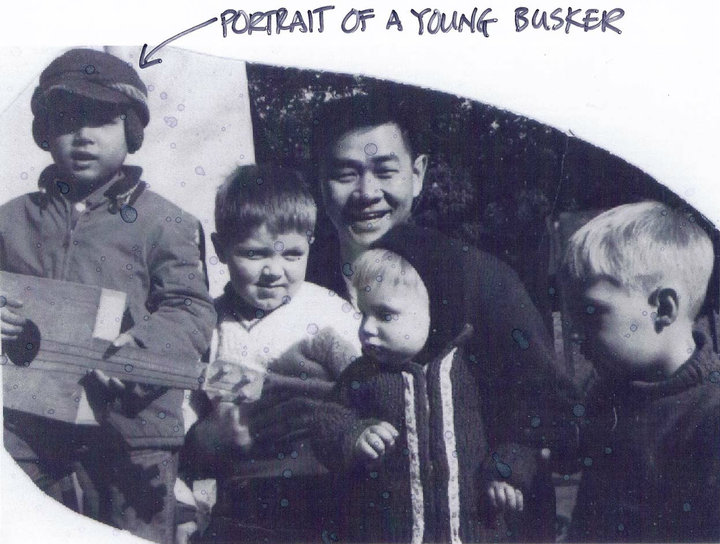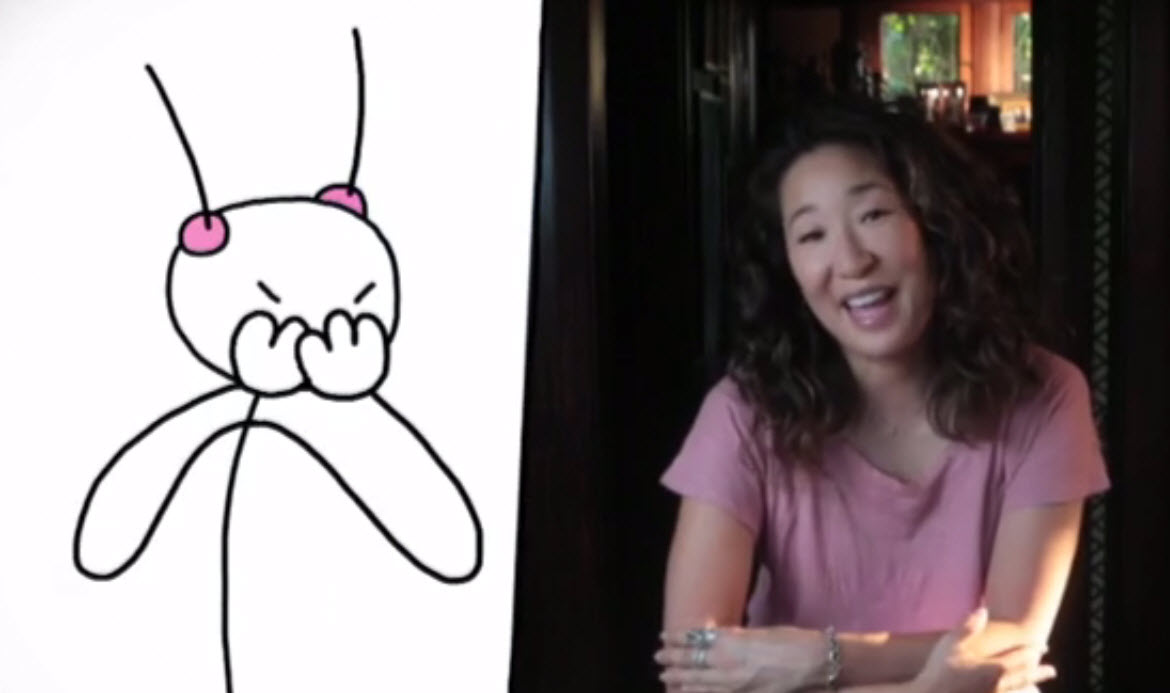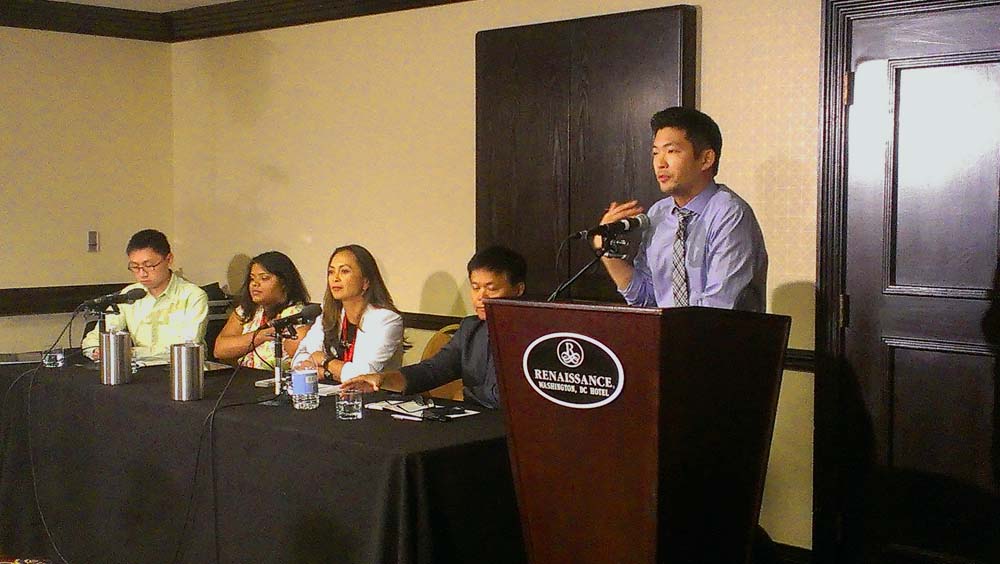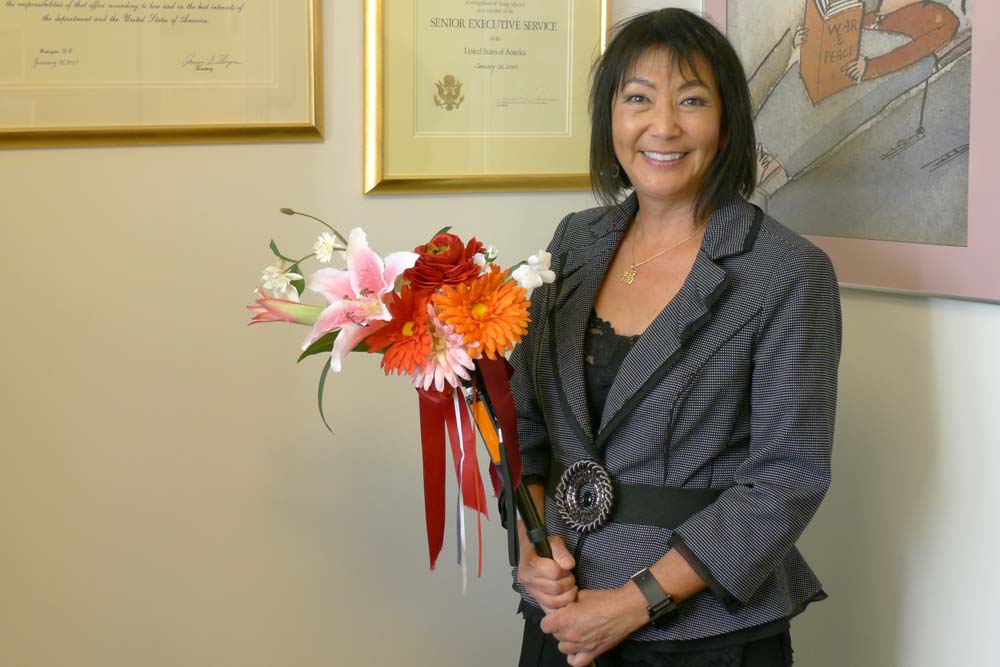Japanese American friends: Help me make the revised edition of “Being Japanese American” the best book it can be!
I’m looking for photographs of the Japanese American experience, to include in the revised 2015 edition of my book, “Being Japanese American.” Not just portraits but photos that capture our lives as JAs. Here are some examples of things I’m looking for:
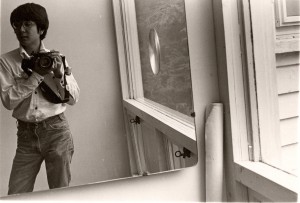 It would be great to have photos of festivals, cultural classes, church or temple services, JA food (family dinners), holiday get-togethers (July 4th, New Year’s!), community picnics, JA sports teams or players, JAs playing music (like me above), JAs in traditional Japanese clothes maybe at obon but also JAs in American clothes (kids playing in jeans and t-shirts), JAs at tourist spots like Disneyland, JAs with long hair from the ’60s or ’70s (like me at right in my pretentious art school self-portrait), JAs with ’80s hair, or dressed up for prom or homecoming….
It would be great to have photos of festivals, cultural classes, church or temple services, JA food (family dinners), holiday get-togethers (July 4th, New Year’s!), community picnics, JA sports teams or players, JAs playing music (like me above), JAs in traditional Japanese clothes maybe at obon but also JAs in American clothes (kids playing in jeans and t-shirts), JAs at tourist spots like Disneyland, JAs with long hair from the ’60s or ’70s (like me at right in my pretentious art school self-portrait), JAs with ’80s hair, or dressed up for prom or homecoming….
If Stone Bridge Press uses your photo, they will send you a free copy of the book, when it’s published in June, 2015.
Please scan your photos at high resolution (300 DPI is ideal) and email them to me at gilasakawa@gmail.com, with an explanation of who is in the photo and what’s going on. I’ll send them to the publisher, and they will make the decision on which ones to use.
Thanks everyone!




